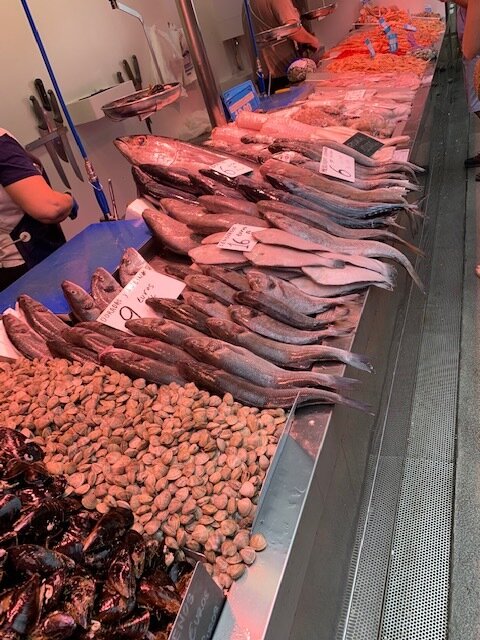The Classic Euro Market
I love Spain. Almost as much as I love Japan. Specifically, south Spain: Andalusia, Costa del Sol. There is something about those beachside towns… Malaga, Marbella. My first ever experience in Spain was Puerto de Santa Maria, a coastal port town a little less than 90 min south of Sevilla. I loved every minute of it. At the time I was still in the Marines, so most of the experience over the course of 4 days involved drinking as much as possible, eating jamón, and watching soccer.
In June of 2017 my wife and I traveled to Málaga, a sleepy coastal Med town, and the birthplace of Picasso. We also visited Grenada, but Málaga is where you want to be. It’s almost a secret, not many people have heard of it, but it’s easily accessible with a major international airport. The city center is full of beautiful marble streets and cobblestone alleyways, full of bodegas, restaurants, with beautiful parks and Moorish ruins. The coast is a five minute walk from city center, and every couple of blocks have these fantastic little open air restaurants where waiters bring you platters of fresh caught fish you can choose before they grill them in the wood fire, repurposed fishing boats filled with sand and hot coals. Sardines are a specialty, staked on skewers of sugar cane and roasted then topped with olive oil and salt. My personal favorite are the head on grilled prawns.
The port area of Málaga is also loaded with dining options, restaurants stacked on top of each other in a large outdoor shopping area down the beach where you can watch boats pull in and out, overlooked by what remains of the Gibralfaro castle in the distance. Follow this beach south far enough and you can see Tangier, Morocco on a clear day.
In 2019 I retuned to Málaga, with a new confidence to dive in like a local, having learned the lay of the land my previous trip. More than anything I looked forward to shopping at the Mercado Central Atarazanas. The Atarazanas is one of the most beautiful European central markets I have ever visited. Opened daily (except for Sundays) from 8am-3pm this is the one stop shop for every ingredient available from local purveyors. There are small eateries scattered throughout the market, with areas for fish and meat, separated on each side of the market by vegetable and bread stands, stands selling olives, nuts, oils, and any other Spanish culinary delicacy you can imagine.
Wander the rows of stalls and talk to the farmers and fish mongers and friendly folks more than willing to hand our trial samples of their wears. Try samples of oils and nuts, jamón and olives, anything you’re interested in has a typical little cup or plate (see olive photo) gratis, for your delight.
These photos hardly due this market justice. For ever stall you see there are at least a dozen more selling similar items, from different farms and areas around Málaga. The thing that really stood out to me on this last trip was the price! I know the US dollar is currently having a good run against Euro but at the time of my visit I was able to buy close to half a weeks worth of fresh produce for salads, bread, eggs, oils, meats, cheeses and a few specialty snacks for about $30US.
The thing is markets like this are not exclusive to south Spain. They can be found all over Europe in every country, in every major city center. There are a few places in NYC trying to mimic this. Mercado Little Spain opened recently in Hudson Yards, and although it is a fantastic contribution to the foodie scene, it’s wildly overpriced, and like a copy of a copy from a Xerox machine, feels inauthentic. You can say the same for Eataly in Flatiron. Although it’s better than not having a place to get authentic Italian ingredients, it isn’t cost effective to shop here on a regular basis, and it feels congested, and rude in the way that New York is congested and rude. It lacks the charm and character of the classic open air Euro Market.
The Atarazanas is the kind of market I dream of. Safe to say I am counting the days until I can return to Costa del Sol to experience it again.







